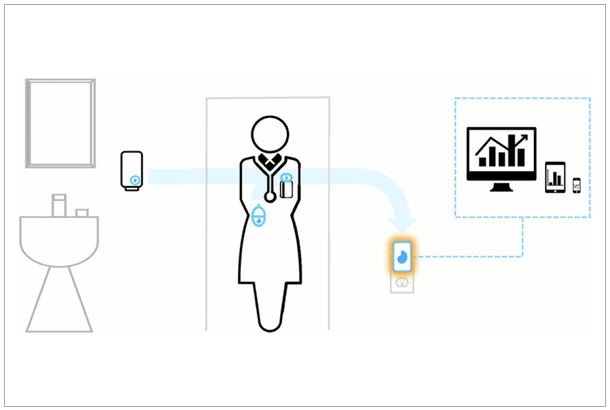
Credit: Swipesense
If you start them young, can industrial designers, product designers, roboticists and their cousins in the ‘hard’ design fields learn the skills to tackle the world’s toughest challenges, from childhood obesity to illiteracy to the trials of aging?
Finding out has been the work of Design for America for the last five years. Dreamt up by Northwestern University product design specialist and professor Elizabeth Gerber, the student-focused network has aimed at figuring out whether professional-grade civic design skills can be taught. In the latest issue of Interactions, the Association for Computing Machinery’s publication, Gerber details what the group has learned so far about cracking “wicked problems.”
Design for America, Gerber admits, is very much a work in progress, but early on the organization has picked up at least three lessons after working with hundreds of students, citizens and mentors:
Force designers to see the problems lying around them. Rather than handing them "neatly structured problems on platters," the designers-in-training are taught to examine their own lives and communities for processes that don’t work right but that, "if solved, could scale globally." Gerber points to one DFA member whose work on hand sanitization in medical settings was spawned by his own stint in the hospital with a collapsed lung. That led to the creation of Swipesense, a networked dispenser system.
Less talk, more building. Anyone can join Design for America, but there is a test for admission: "Participants must develop, test, and implement the ideas, not just discuss the enormity of the problems." When it helps, they’re encouraged to tap others in the network. Gerber writes about a mechanical engineer who wanted to help young diabetics track their health levels. Through DFA, she found a roboticist who encouraged her to use 3D printing to house the electronics of her device, an interactive teddy bear.
Mentor students in the art of failure. Gerber highlights one professional designer in the DFA network who shares with trainees the story of how she worked closely with transit employees, transportation designs and commuters to build a new app — one that never went anywhere. Student designers are used to praise and awards. "Failures, if they have occurred, have been carefully hidden to preserve reputations." The sooner designers can fail in public, the sooner they can start contributing to solving real problems.
There’s power in building civic inclinations into existing professions rather than siloing them in the "public service" fields, but it can be hard work marked by slow going. Gerber, for her part, thinks she has figured out the basic mechanics of the Design for America approach. The challenge now is to produce them at scale. "Technology can help," she writes, "but civic innovation demands extensive human involvement within these communities and mentoring within and across teams."
Perhaps, though, there’s a design solution for that as well. The Design for America community has been working on building out Loft.io, an online platform for sharing social innovation ideas.